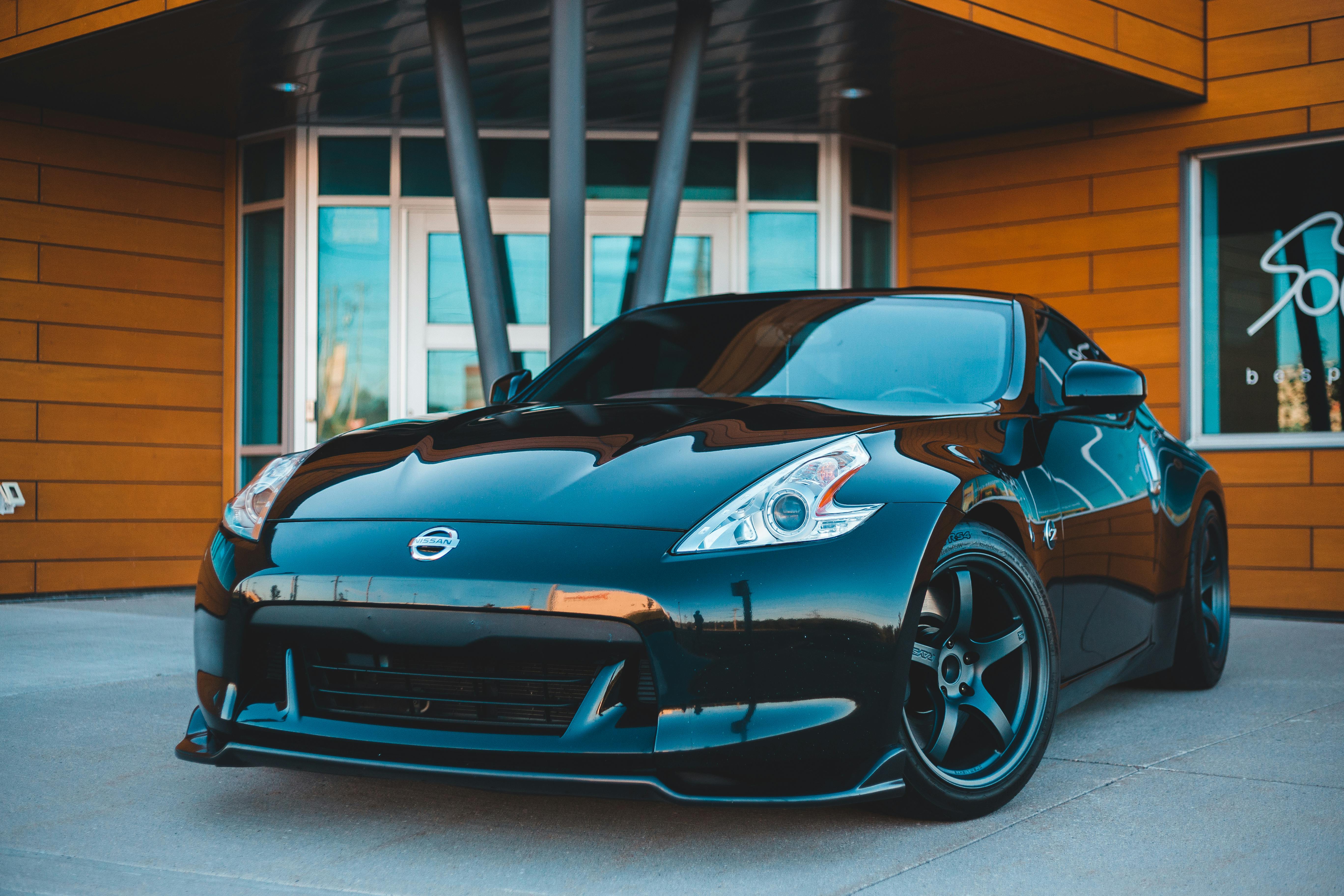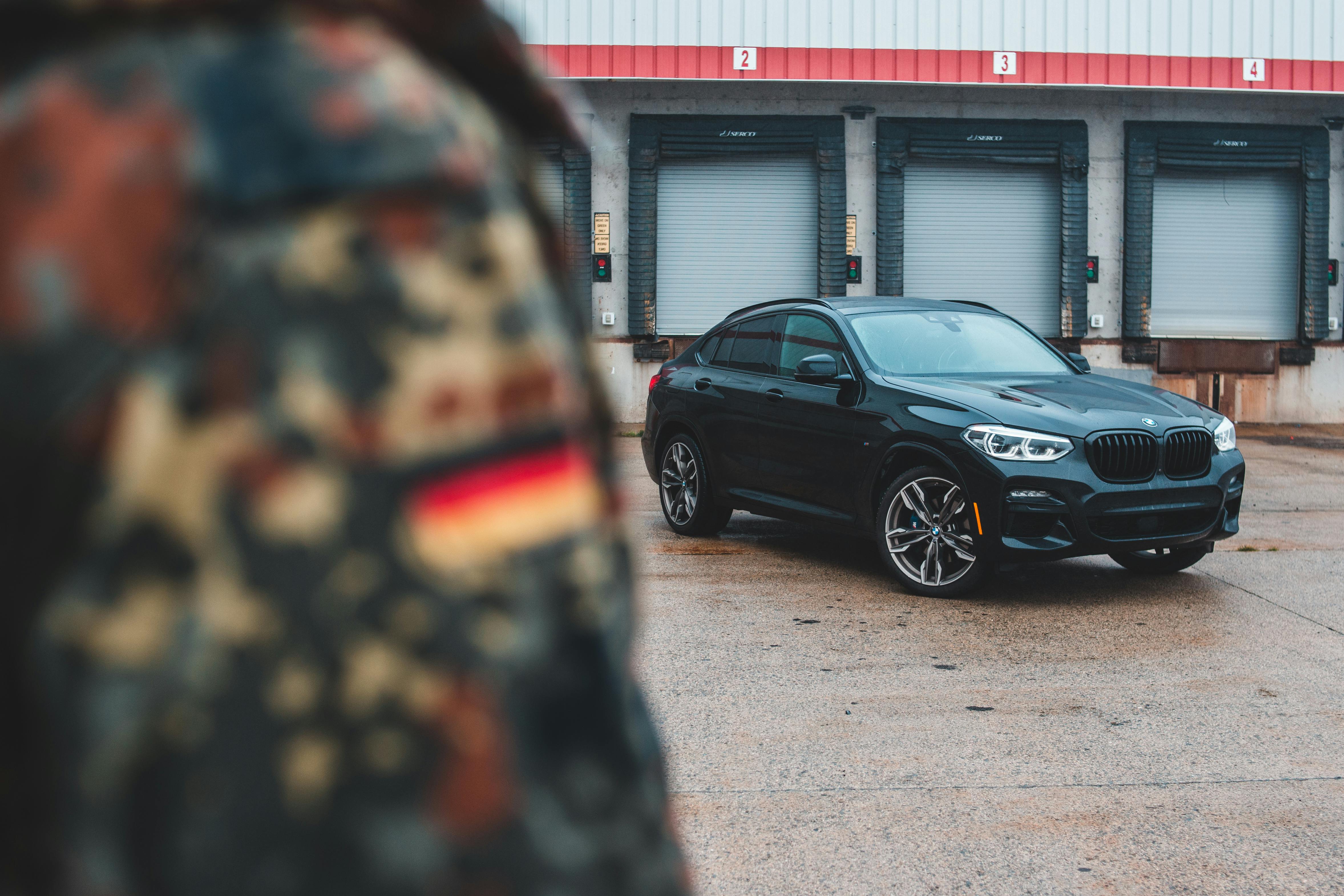Uninstalled square or rectangular skylights, whether dome or flat top, can cost up to $2,000 each if they have ventilation and sun protection capabilities. Some of the newer models also have special internal channels to catch condensation, not to mention they have motor-driven vents and shutters (these are very expensive). Therefore, for certain homeowners who want at least one flat skylight, it is more practical for them to make new or replacement ones of their own.
Since this article is for DIYers, it only provides the basic materials and processes to make and install a two foot square flatbed model, leaving any size modifications, tools used, and other details to your own experience.
Materials and cost (assuming a ceiling-to-ceiling skylight channel has already been placed).
- one 96-inch 2×4-inch pressure-treated board (to make a 3.5-inch high curb frame, $4); note: the so called 2×4 inch plate is actually 1.5×3.5 inch
- two 0.22-inch-thick square pieces of clear or frosted plexiglass: (1) top, 24.5-inches square; and (2) the bottom one, 20.75 inches (about $25 each depending on availability)
- Twelve or more #8×1-inch wide-head drywall screws (to attach the top plexiglass to the curb frame)
- a quarter-inch-long piece of square trim or similar ($3)
- thin metal aluminum counter or flashing strips if desired ($10-20); note: a high quality putty can be used instead
- a standard gun-sized tube of long-lasting acrylic caulk similar in color to the ceiling ($4)
- enough nails or screws to fasten the trim to the curb and to fasten the curb to the roofing sheet or subfloor
- a quarter of paint of the selected color
Construction and placement.
1. Cut the 2×4-inch board into four pieces: two 24-inch long and two 21-inch long.
2. Assemble these pieces to a 24-inch vertical (outside-out) square curb frame using eight 2.5- to 3-inch screws, two in each corner.
3. Cut and attach the quarter-inch trim flush to the inside bottom of the curb around its inside 21-inch square. This trim will support the bottom side 20.75-inch square piece of plexiglass that will act as a condensation shield on the bottom of the curb frame.
4. Paint frame inside and out, matching colors as desired similar to duct walls and/or shingles. Let dry.
5. Clear a 24-inch square area over the open duct by cutting the shingles and tar paper to this size.
6. Place the center of the dry frame over the gutter, allowing the shingles to fit fairly tightly around the outside of the curb.
7. Slanted nail or screw the frame to the plywood roof.
8. Clean and position the 20.75-inch plexiglass at the bottom of the curb frame where it will rest on top of the trim.
9. If desired, flash or step flashing on the outside of the frame (these strips weave under or into the shingles starting at the bottom end of the rake curb frame). Let the strips cover the outside of the curb to its top surface where it is cut flush with that surface. Otherwise, caulk the shingles on the outside of the curb to prevent rain from seeping around it.
10. Clean and position the 24.5-inch plexiglass centered over the top of the curb. A small lip will hang over the outside edge of the curb.
11. Drill 12 slightly oversized screw holes evenly spaced around the edge of the plexiglass on the curb itself, but not into it.
12. Screw 12 wide head drywall screws through these holes in the curb, snug, but not too tight.
13. Seal the plexiglass above the curb and/or its flashing (below the curb) with long-lasting caulking.
14. If necessary, paint the flashing.
Thin metal flashing of vent pipes, chimneys, and other items that protrude from roofs is the professional way to seal the roof around them. This procedure also eliminates the need to paint the exterior of the skylight curb. However, today’s long-lasting caulks rely on sealing materials. They can be used instead of or in combination with the used flashing. This caulking also saves construction time and material costs.
Also, if the thick plexiglass on top cracks for any reason, such as large hail or flying debris, it can be easily replaced with another piece from a nearby hardware outlet. This replacement cost is about one tenth of the cost of a new skylight cover. For more information on DIY fabrication and flashing of a skylight, check out these sites.



